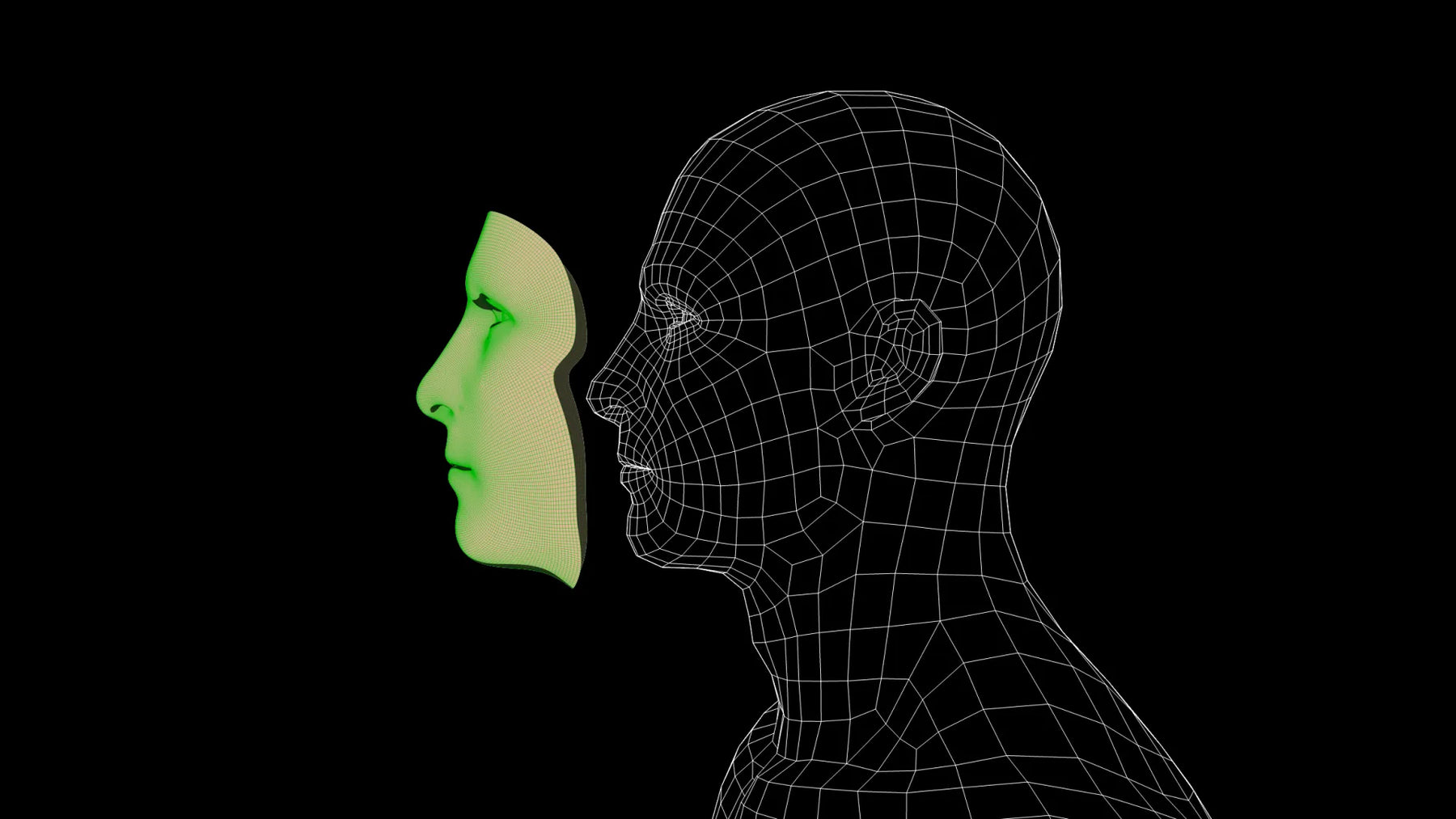
Dangerous Sides of Deepfake
Introduction:
Deepfake, a portmanteau of "deep learning" and "fake," refers to the artificial intelligence-driven technique used to manipulate or fabricate audio, video, and images with astonishing realism. While deepfake technology has garnered attention for its potential applications in entertainment and digital art, it also poses significant dangers to various aspects of society. This article delves into the perilous aspects of deepfakes, exploring the technological advancements, political manipulation, identity theft, disinformation, psychological impacts, legal implications, cybersecurity threats, and the ethical considerations surrounding this emerging technology.
Technological Advancements and the Proliferation of Deepfakes:
The rapid progress in artificial intelligence and machine learning has propelled the proliferation of deepfake technology. Complex algorithms and neural networks enable the synthesis of remarkably authentic content, leading to an increasing number of deepfake tools available to the public. Additionally, social media platforms serve as catalysts, facilitating the rapid spread of deepfake content, making it challenging to distinguish between genuine and manipulated media.
Political Manipulation and Fake News:
One of the most alarming aspects of deepfake technology is its potential for political manipulation and the spread of fake news. Deepfake videos can convincingly depict public figures saying or doing things they never actually did, leading to confusion and misinformation among the public. In the context of democratic processes, such manipulations can undermine public trust and disrupt the integrity of elections and decision-making.
Identity Theft and Privacy Breaches:
Beyond political ramifications, deepfakes pose significant risks to individuals. With the ability to convincingly impersonate someone, malicious actors can engage in identity theft, perpetrate fraudulent activities, or damage the personal lives and reputations of innocent people. Privacy breaches become increasingly challenging to detect as deepfake technology becomes more sophisticated.
Amplification of Disinformation and Conspiracy Theories:
Deepfake technology amplifies the spread of disinformation and conspiracy theories, causing widespread chaos and confusion. The ease with which deepfake videos can be created and disseminated challenges the efforts to combat disinformation, as traditional fact-checking methods struggle to keep pace with this evolving technology.
Social and Psychological Impact:
The emotional manipulation caused by deepfake content can have severe psychological consequences on individuals and society as a whole. Fake videos exploiting sensitive subjects can elicit strong emotional reactions, causing distress and anxiety among viewers. Moreover, the erosion of trust in media sources and digital content further complicates the issue.
Implications for Law Enforcement and Criminal Activities:
The rise of deepfakes presents daunting challenges for law enforcement agencies. Deepfake videos can be used as fake evidence in legal proceedings, hindering the pursuit of justice and allowing criminals to evade accountability. Detecting and attributing deepfake content to its source pose significant hurdles in the investigation process.
Deepfakes in the Entertainment Industry:
While deepfake technology has been embraced in the entertainment industry for its potential to recreate iconic characters and scenes, it also brings forth concerns related to copyright infringement and ethical implications. Unauthorized use of copyrighted material and the portrayal of public figures without consent raise legal and ethical questions.
Deepfake and Cybersecurity:
The prevalence of deepfake technology has given rise to new cybersecurity threats. Cybercriminals may leverage deepfakes in phishing attacks, voice cloning for social engineering, or even manipulating visual data to bypass biometric security systems. Safeguarding against these threats requires proactive cybersecurity measures and constant vigilance.
Combating Deepfake Technology:
Developing effective strategies to combat deepfake technology involves a multi-faceted approach. Technological advancements in deepfake detection and verification algorithms hold promise. Collaboration among industries, research institutions, and policymakers can contribute to the standardization of protocols for identifying and countering deepfakes.
Ethical Considerations and Policy Development:
Ethical guidelines are essential to govern the responsible use of deepfake technology. Policymakers must strike a balance between promoting innovation and safeguarding against potential harm. Clear regulations can establish boundaries and ensure the ethical application of deepfake technology in various domains.
Media Literacy and Education:
Empowering users with media literacy and critical thinking skills is vital to mitigate the impact of deepfake content. Education initiatives must teach individuals how to discern manipulated media from genuine content, promoting a more discerning and informed society in the digital age.
Deepfakes and the Future:
Anticipating the future of deepfake technology is challenging, given its rapid evolution. Policymakers, technologists, and society must remain adaptable and responsive to emerging trends, to address new challenges as they arise. Preparing for long-term social and ethical impacts is crucial for a sustainable and responsible future.
Case Studies:
Notorious Deepfake Incidents: Examining high-profile deepfake incidents provides valuable insights into the far-reaching consequences of this technology. From political scandals to celebrity impersonations, these case studies offer important lessons on the potential dangers of deepfakes and the urgent need for effective solutions.
Conclusion:
The perilous sides of deepfake technology present a multifaceted challenge for society, impacting politics, privacy, cybersecurity, and even entertainment. As we grapple with the risks posed by this rapidly evolving technology, it becomes imperative to adopt responsible use guidelines, promote media literacy, and collaborate across sectors to safeguard against its harmful effects. Only through proactive measures can we preserve the integrity of digital media and protect the foundations of truth and trust in the age of deepfakes.
